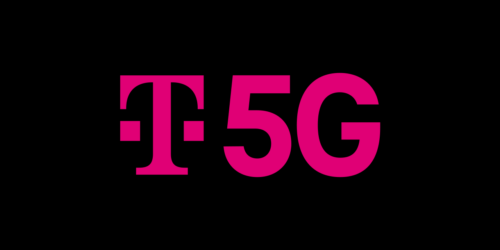Two spectrum auctions, one in Canada and one in the United States, have just ended, and together their results confirm that adopting reasonable spectrum aggregation limits is the best possible approach to maintaining a healthy, competitive wireless industry.
The 700 MHz band auction held by our neighbor to the north is especially instructive. The Canadian government ruled last year that it would take into account the relative utility of below-1 GHz spectrum compared to above-1 GHz spectrum when determining whether the transfer of a spectrum license could harm competition. The new rules applied to spectrum acquired during the recently-concluded low-band 700 MHz auction, to which the regulator, Industry Canada, also applied spectrum aggregation limits in an effort to meet its policy goals of “sustained competition”, “robust investment and innovation” and increased access for all Canadians. Each of the bidding regions was divided into blocks, with four prime paired blocks per region, and any carrier controlling at least 10 percent of market share was limited to bidding on only one of the paired blocks in each region. Thus, similar to the auction structure T-Mobile and other competitive carriers have proposed in the United States, the largest spectrum holders had ample opportunity to participate, but the smaller carriers were given a meaningful chance to purchase valuable low-band spectrum at auction.
Just as in the United States, the debate prior to the Canadian auction was fraught with false assumptions and speculation about the supposedly deleterious effects of applying spectrum limits on auction participation and revenues. Now that the auction is over, we can see the hype for what it was – scare tactics by the dominant incumbents aimed at convincing regulators not to take reasonable steps to correct a serious low-band spectrum imbalance.
The Canadian auction raised almost US $4.7 billion, the most ever for a spectrum auction in Canada and more than double preliminary market estimates. Initial calculations place the average price per MHz-POP for both paired and unpaired spectrum at approximately US $2.09, or roughly 60 percent above the price for spectrum in our own 700 MHz auction, which averaged US $1.30 per MHz-POP. Industry Canada’s low-band spectrum-aggregation limits and pro-competitive auction design played a key role in attracting more bidders and promoting robust bidding in the auction – not less.
Meanwhile, the other recently-completed spectrum auction, the H-Block auction in the United States, should put to rest claims from the dominant players and their surrogates that aggregation limits on low-band spectrum might somehow undermine the funding for FirstNet, our nation’s planned emergency-responder network. Congress has determined that $7 billion of the money needed to build FirstNet should come from auction proceeds, including the H-Block, AWS-3, 1695 MHz, and 600 MHz auctions. The H-Block results are right in line with T-Mobile’s predictions, and they demonstrate that the FirstNet funding target will undoubtedly be met by the prior auctions before the 600 MHz bidding even begins. Indeed, the $2 billion loan FirstNet has already received has been covered in large part just by the results of the H-Block auction.
T-Mobile has long disputed AT&T’s and Verizon’s unsupported claims that spectrum aggregation limits will reduce the 600 MHz auction proceeds, and we have even proposed that the FCC adopt a simple “failsafe” mechanism to remove limits if revenue targets are not being met. As Canada has just demonstrated, bidding in the 600 MHz auction will likely be more robust than expected, with no need to resort to a failsafe mechanism. Reasonable limits on the amount of low-band spectrum large carriers can buy at auction promote bidder participation and can increase – rather than decrease – revenues. Therefore, in the unlikely event that the statutory maximum funding for FirstNet has not been met before the 600 MHz auction begins, there will be plenty to go around after the auction ends.
Real-life lessons about the effects of low-band spectrum aggregation limits on auctions support T-Mobile’s position that limits can encourage healthy auction participation while protecting the competitiveness of the U.S. telecommunications industry and expanding the availability and quality of wireless broadband services for consumers. We should take those lessons to heart when setting spectrum policy in the United States.





